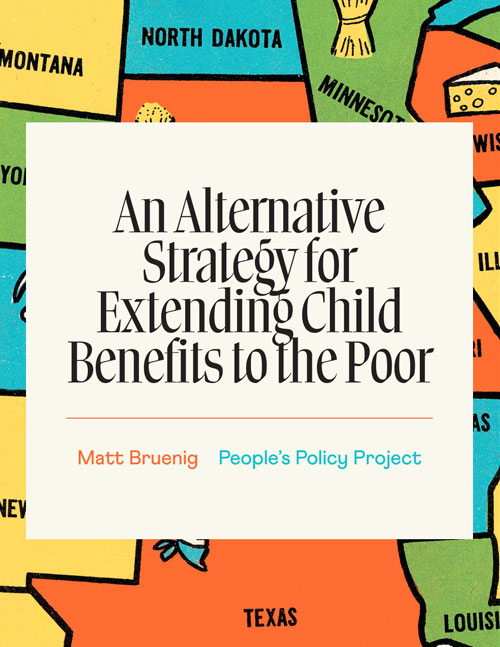For six months last year, the United States had a child benefit program that provided families hundreds of dollars each month for every child that they were taking care of. Unlike the child benefit regime that preceded it, last year’s program did not exclude low-income families from eligibility. This made the program fairer and more effective at reducing child poverty.
The effort to extend the program beyond last year recently failed to pass Congress, causing many to conclude that a poor-inclusive child benefit regime has no chance of being enacted in the foreseeable future. But this conclusion is not quite correct.
It would be easy and cheap for state governments to fill in the gaps left by the current federal child benefit system so as to effectively extend the benefits to the poor. Indeed, in many states, the government could accomplish this by merely tweaking their state-level Earned Income Tax Credit (EITC) and Child Tax Credit (CTC) programs.
Right now, state-level EITC and CTC programs are designed to mirror the structure of the federal program. For example, in New York, the state-level EITC is set equal to 30 percent of the federal EITC while the state-level CTC is set equal to 33 percent of the federal CTC. Thus, where the federal EITC and CTC partially or fully exclude the poor, so too does the New York EITC and CTC.
In this paper, I argue that it would be trivially easy for New York, and the 28 (soon to be 31) other states with these kinds of programs to design them so that they fill in the gaps of the federal CTC and EITC rather than mirroring them. The paper also provides a list of 15 states where this kind of reform should be the easiest to pass.

